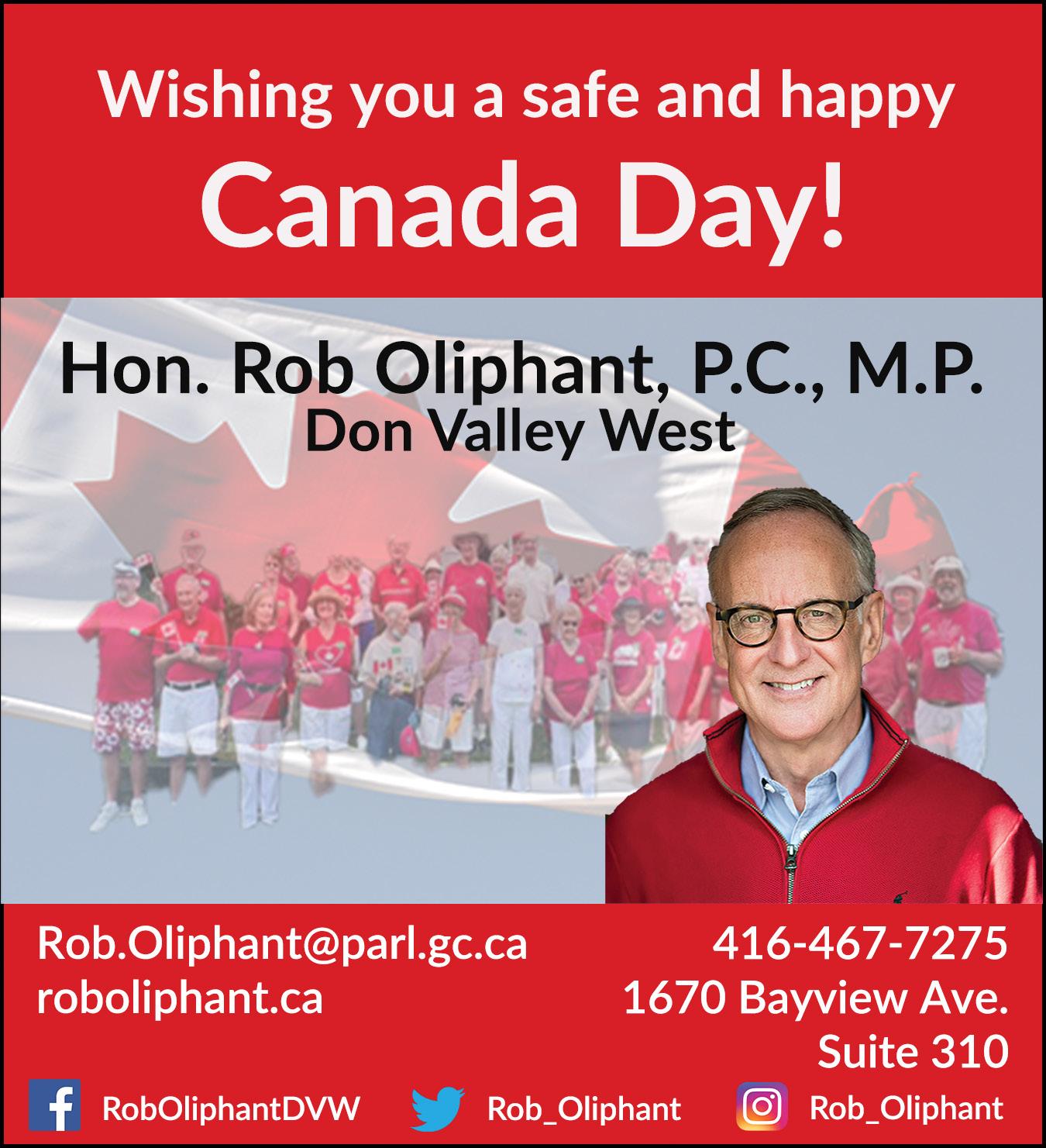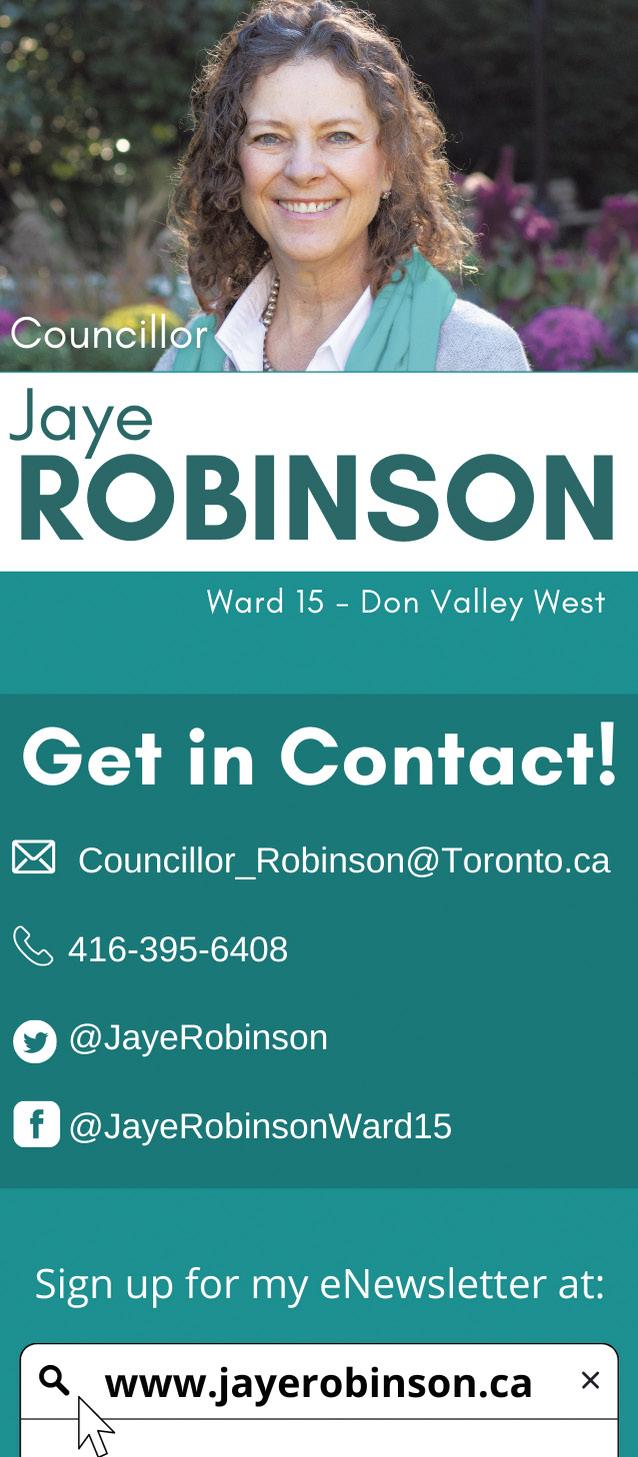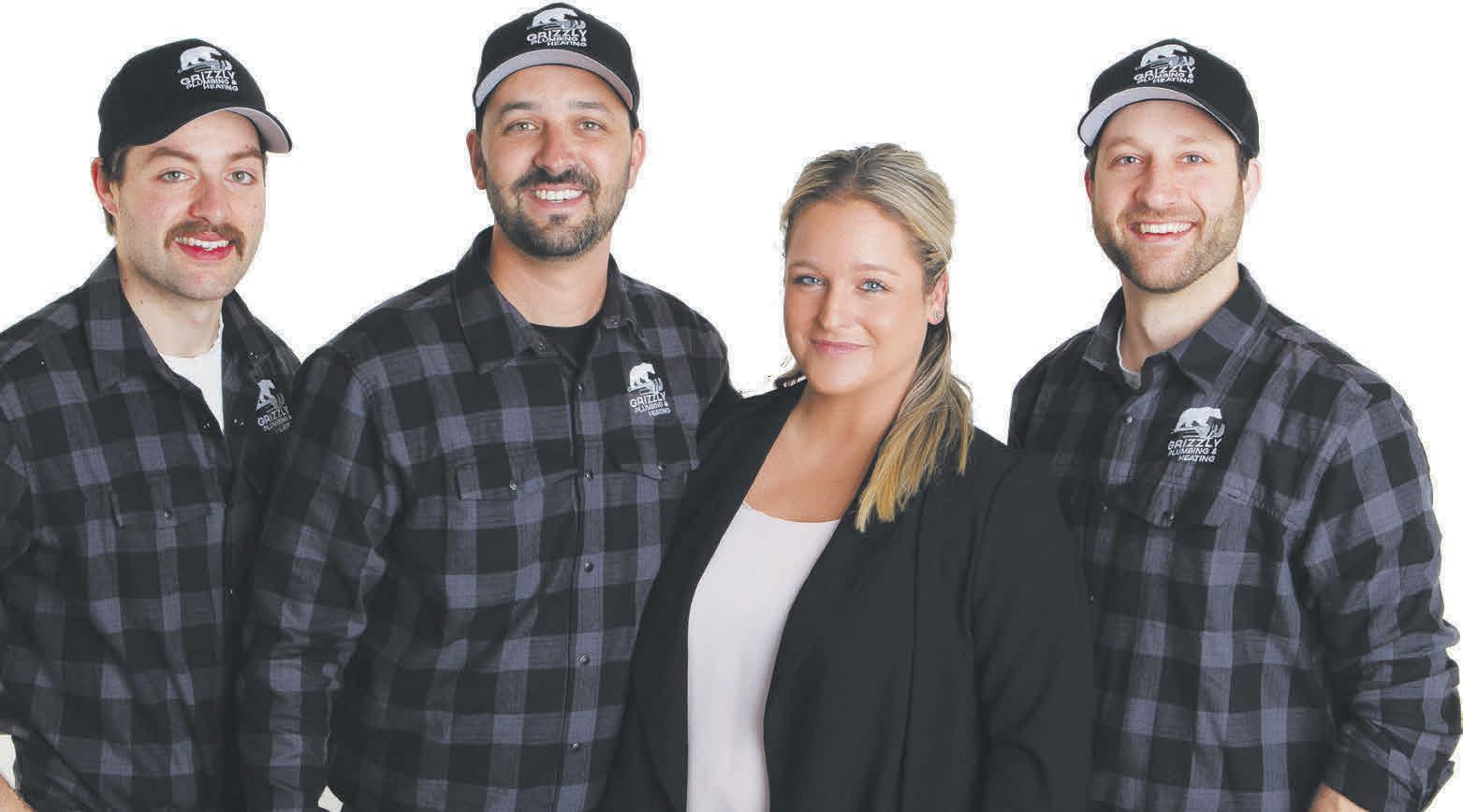
3 minute read
Are Leasiders ready to get serious about a neighbourhood transportation plan?

by HOLLY REID
Advertisement
The much-anticipated update on the Leaside Neighbourhood Transportation plan was revealed in early June, with near-term improvements proposed:
Phase I: “Quick wins”
This phase of the plan is to deliver the “quick wins” –interventions that could be delivered with minimal fuss and take immediate effect. From an active transportation perspective, there are encouraging signs. A signalized crossing to Mount Pleasant Cemetery at Bayview and Sutherland will improve safety and accessibility for people visiting the cemetery by bike and on foot. Conversion of diagonal to parallel parking on McRae from Laird to Rumsey is a very good first step. Our BikeShare network is expanding – a station was added at the library, another is planned for Laird and McRae, and more will come with the installation of the Eglinton bikeway and Millwood Road improvements near Thorncliffe Park. Improvements at four intersections are another plus. Anytime you can slow vehicles and improve visibility of people walking and biking through design, it’s good for road safety. But Phase I has little to offer in terms of dealing with Leaside’s nemesis: “cut through” traffic.
Phase II: 2025 and beyond
The opportunity for major reforms is through the longer-term plan, which is dependent on emerging travel patterns once the Line 5 LRT and the Eglinton bikeway are open. We should also have updated results of the Transportation Tomorrow survey (the 2021 survey was deferred to 2022/23 due to the pandemic) for an updated view of how Leasiders currently get around. It is at this phase that significant changes to road design, travel routes, a neighbourhood cycling network, traffic calming and measures to discourage “cut through” traffic will be considered. But according to data reported by the City, this may be a challenge for us.
The uncomfortable truth –we are traffic
From data shared, it seems we are a car-loving lot, making most of our journeys by car and many of them for distances that could be walked or cycled. We’re not big on transit or biking and most of the traffic (at least in 2016) in the neighbourhood was us, or our very close neighbours. Furthermore, according to one of the enforcement officers at the community consultation on June 7th, we account for about 45% of the traffic infractions.
The uncomfortable truth is that if we want fewer people driving on our streets, we have to make it less attractive to do so. Are Leasiders ready to embrace changes that could make it a little harder for them to get around so that others avoid our streets?
Don’t wait until your heating system breaks down in winter— make upgrades to your radiators and boiler NOW to save money and hassle!
Call Grizzly Plumbing & Heating for all of your plumbing and heating needs!


Children’s House Montessori School

Toddler, Preschool & Kindergarten
We offer early learning experiences for young children to build the skills they need for life.
Grizzlyplumbingandheating.com
24 hour emergency service: 416-690-7477
Now hiring! Send your resume to info@grizzlyph.ca
Plumbing
• repairs and new construction
Heating
• boiler repair, service and installation
• radiator repair/ replacement/upgrade
Drains
• blocked drains
• back water valve installation
• sewer upgrades
Gas
• gas line installation
• BBQ lines
Experienced technicians in a family owned and operated service company. Licensed
What’s next for Leaside’s traffic woes?
Two hundred years ago, Benjamin Franklin stated that nothing could be said to be certain “except death and taxes.” Leasiders might be tempted to add “traffic,” as it always seems to be with us.
Earlier this month the City’s Leaside Neighbourhood Transportation Plan (LNTP) team held a virtual consultation meeting to present the first phase of the LNTP proposals for the near term (2023-2025). There were about 80 attendees, plus City Traffic staff, police representatives, and Ward 15 Councillor Jaye Robinson, whose proposal initiated the Leaside NTP in the previous Council term. Several very useful measures were proposed.
But these changes will only take effect after the Crosstown LRT is in service. I think this is a mistake. Who knows when that will be? Why not implement traffic control safety measures sooner, to help now, and adjust subsequently as necessary? Doing so would assess the proposals’ effectiveness and monitor the effects of the LRT once in operation.
The longer we wait, the more development construction pressures congest our streets. As long-time chair










